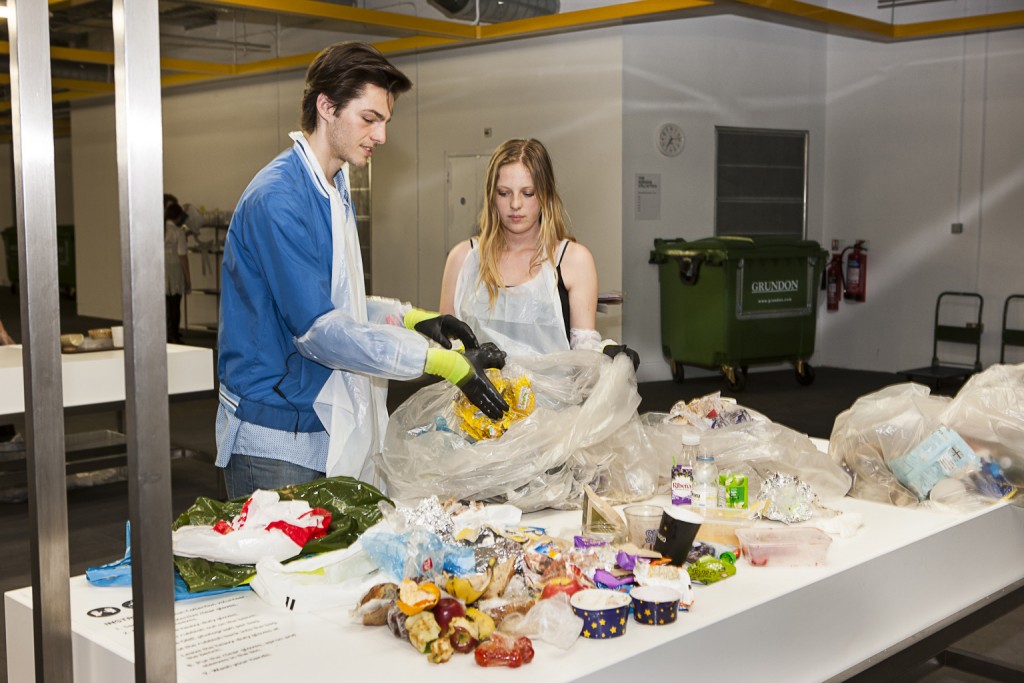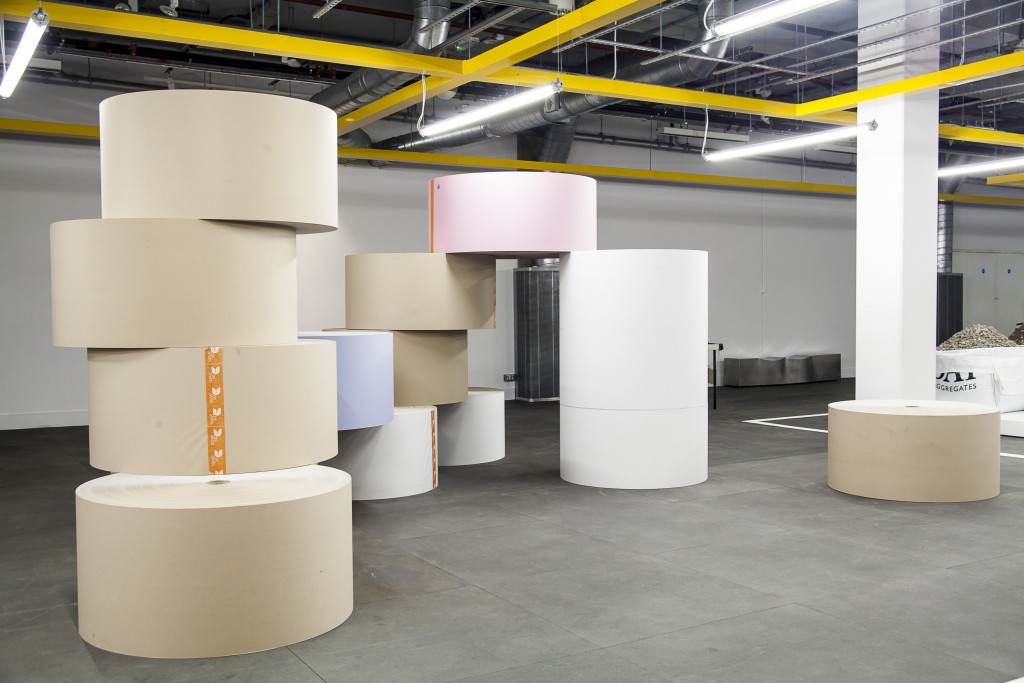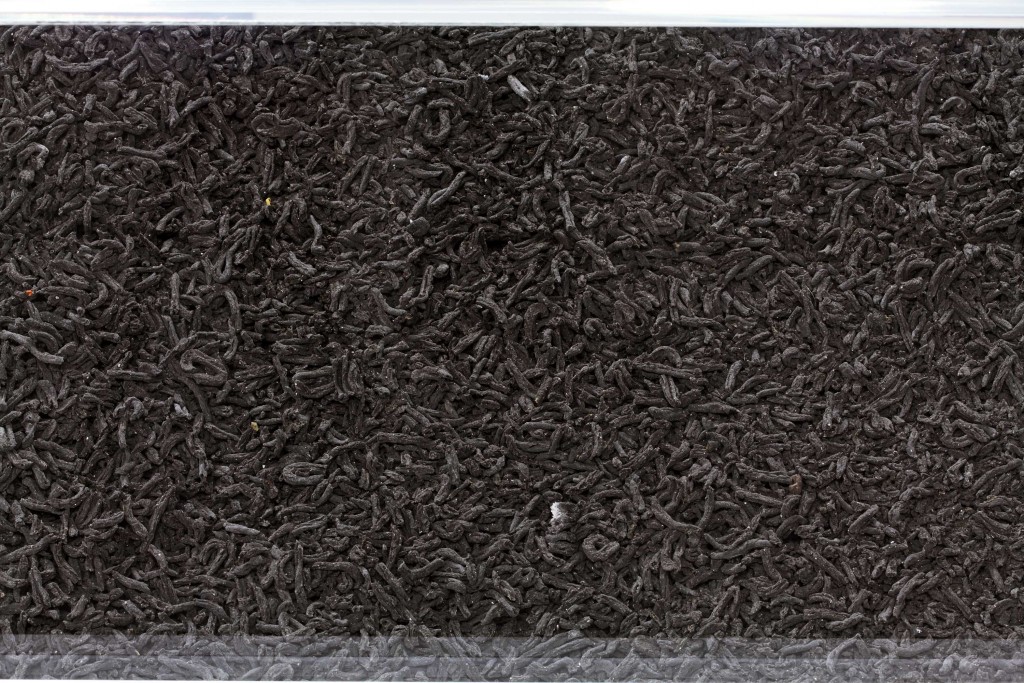The second phase of The Rubbish Collection is coming to an end. The Head of Exhibitions & Programmes at the Science Museum, Emily Scott-Dearing, asked me how I felt about it all. The truth is that now I just want to get to the end of it and for nothing to have gone wrong. I’m looking forward to looking back and for nobody to have succumbed to any of the long list of potential hazards that we had to consider on our lengthy risk assessment.
The project to document and display 30 days’ worth of Science Museum rubbish started several years ago. For the first years, I spent my time trying to convince scientists, curators, managers and pedagogues that it would be a fantastic idea to let members of the public get elbow deep in the museum rubbish before displaying it all in galleries that are normally reserved for precious and unique objects. Once they agreed I suddenly had a panic, as I was forced to seriously consider all the things that could go wrong: “But what if…?”

Over the 30 days of the first phase with 4 assistants, 30 Science Museum volunteers and the help of over 400 visitors, we collected, laid out and documented all the rubbish produced by the Science Museum’s:
281,647 visitors
500+ staff and contractors
5 cafés
2 building sites
3 shops
2 Science Nights
1 Lates event
…and several storage cupboard clearances.
We had predicted that around 28 tonnes of rubbish would be thrown out but it was actually closer to 33 when we got the figures back from the Science Museum’s main waste contractor Grundon.
We brought over 18 tonnes of materials back to the gallery for the second phase of the exhibition, including:
7.4 tonnes of paper and card reels
2.4 tonnes of bottom ash aggregate
2.3 tonnes of glass sand
1.4 tonnes of wood
1 tonne of fertilizer
698 kilograms of steel
650 litres of dehydrated sewage sludge
291 breezeblocks made from air pollution control residue
…and nearly 1 tonne of various recycled plastics.

Items that we retained from the rubbish included:
3 fridges
1 dishwasher
3 kettles
3 wheelchairs
1 sleeping bag
1 mini snooker table
16.5 pairs of shoes
2 two-piece suits and ties
1 bra
1 negative pregnancy test
1 love letter
£40.16
…and a crazy amount of disposable cutlery, usable stationery and discarded medicines.

Whether disgusted or curious, everyone it would seem, has an opinion about rubbish. We are all throwers away. The psychological desire (and most often the psychological effect) of throwing something away, is to forget about it. We throw something away precisely because we don’t want to think about it any more. I have loved watching the faces of the Science Museum visitors as they realise that they are looking at what we have collectively tried to forget. There are moments of surprise and moments of recognition. Reactions have perhaps been strongest when confronted with the sewage.
The Italian artist Piero Manzoni cleverly played with the reverence that is accorded to the artist and the art object by producing a number of actions that resulted in sculptural provocations. Merda d’Artista (or Artist’s Shit) is what is says on the tin: 30g net freshly preserved, produced and tinned in May 1961. The performance is of the artist’s action that we are asked to imagine: that of him taking a dump. Manzoni places this object on a gallery plinth in a simultaneous act of gross self-aggrandisement and fierce condemnation of the gallery system. By making shit art, Manzoni cleverly manages to critique what he also aspires to (and has subsequently achieved), the reified status of the artist.
In the Science Museum we have on display not just a tin can but a large gallery vitrine full of human waste: 650 litres of dehydrated sewage. This is perhaps the ultimate waste, the stuff we really want to forget. But when our poo is pushed in our faces it asks us to think about what we choose to keep, what we choose to get rid of, and what happens to our stuff once it has left us.

I would like to thank the Science Museum for allowing this to happen. I would like to thank the many waste contractors who have been involved. I would like to thank all the assistants and volunteers who tirelessly sorted through bags of café waste late into the evening after the museum was shut. I would like to thank you, the Science Museum visitors for donning gloves and getting stuck in and also for throwing things out, without which there would have been no project. Only, paradoxically, that would be better: the very thing that this project has relied on – that people throw stuff away – is also the thing we want to reduce. Let’s work towards a time when a project like this is unnecessary or even impossible. Disposal is the last resort.
Continuing our look at climate and sustainability, our Antenna team will be bringing Bio-Bean – recently announced as winner of the Postcode Lottery Green Challenge – to the Museum from next week. The Rubbish Collection continues until Sunday 14 September 2014.